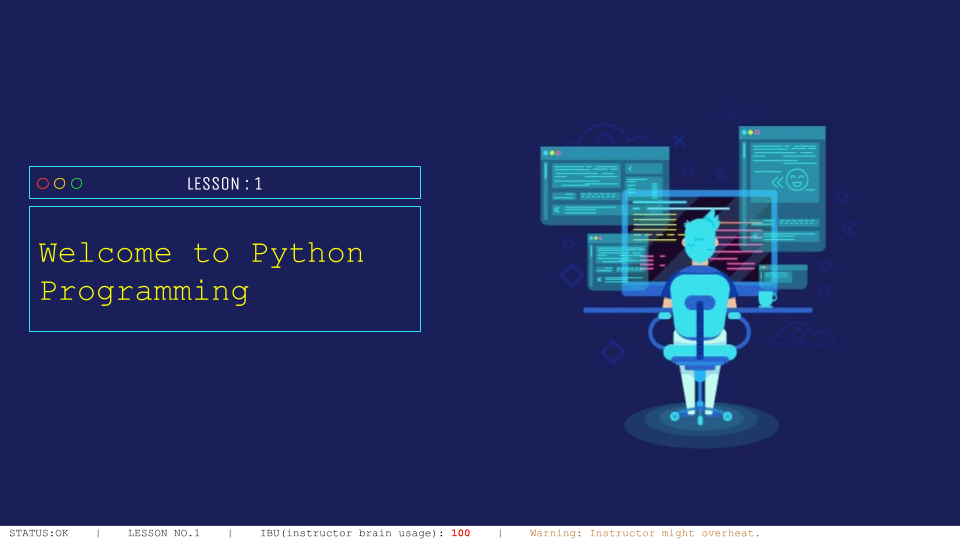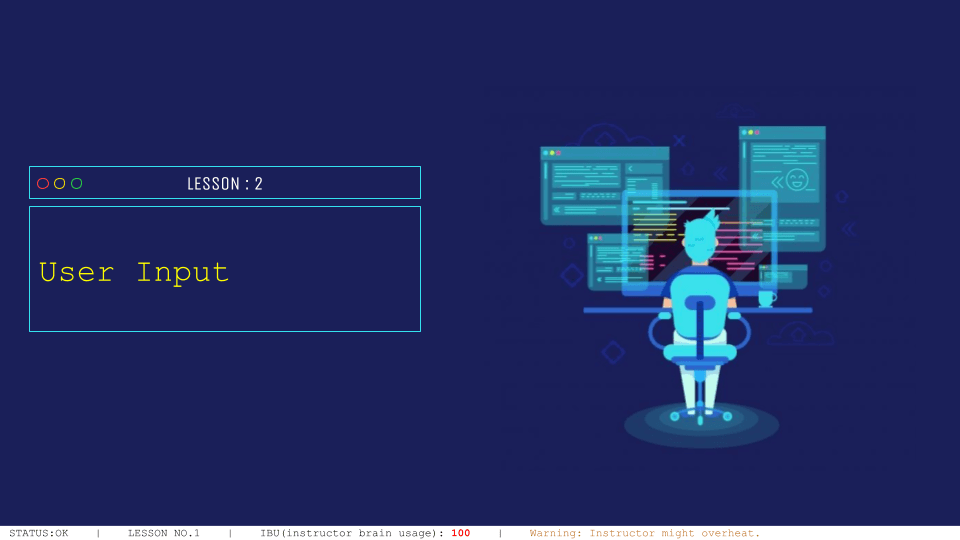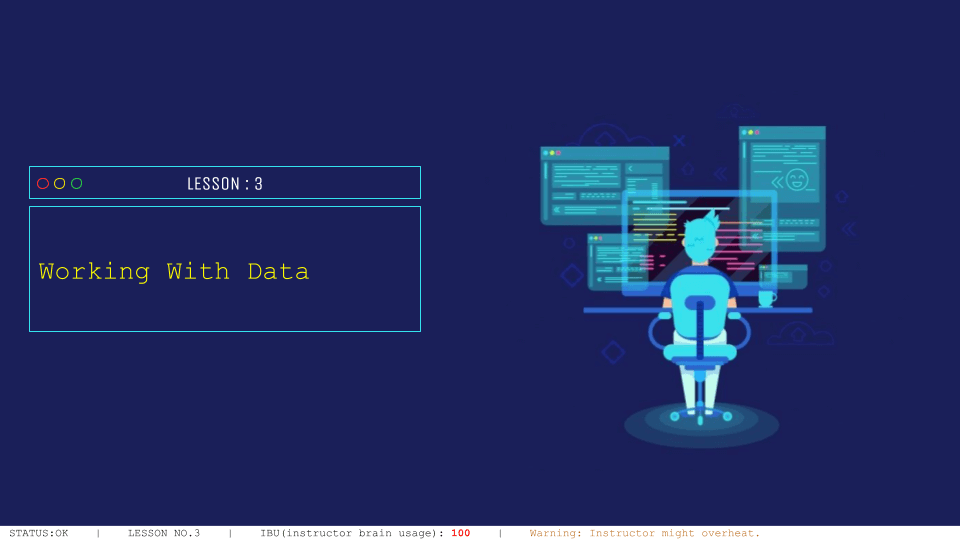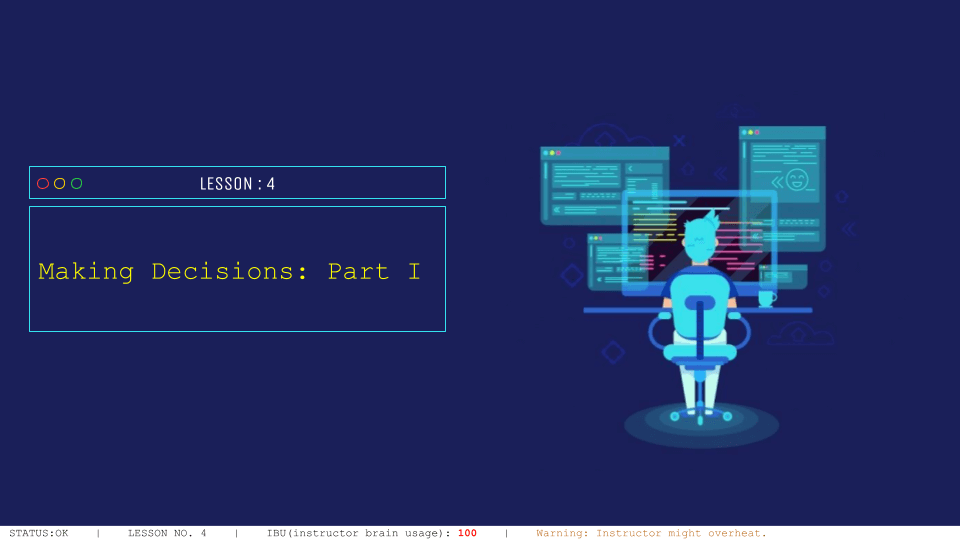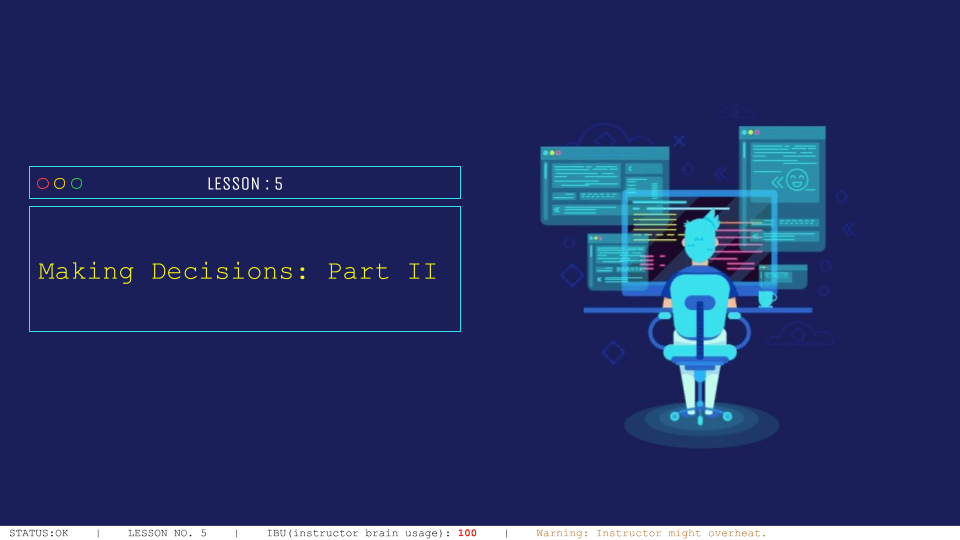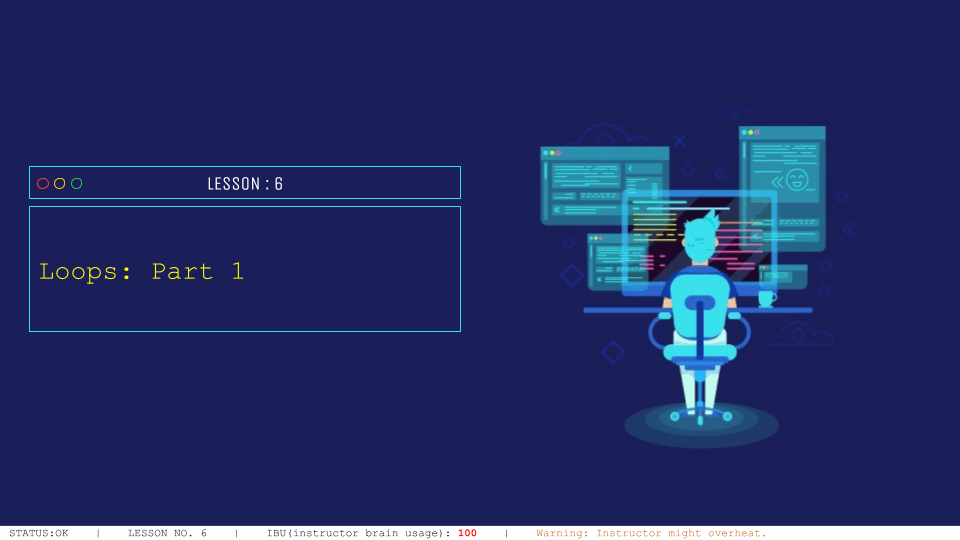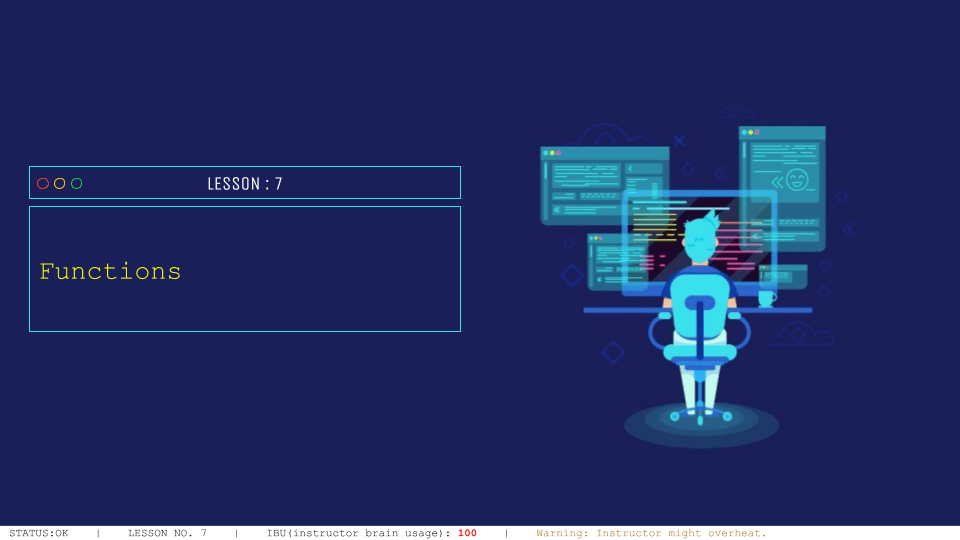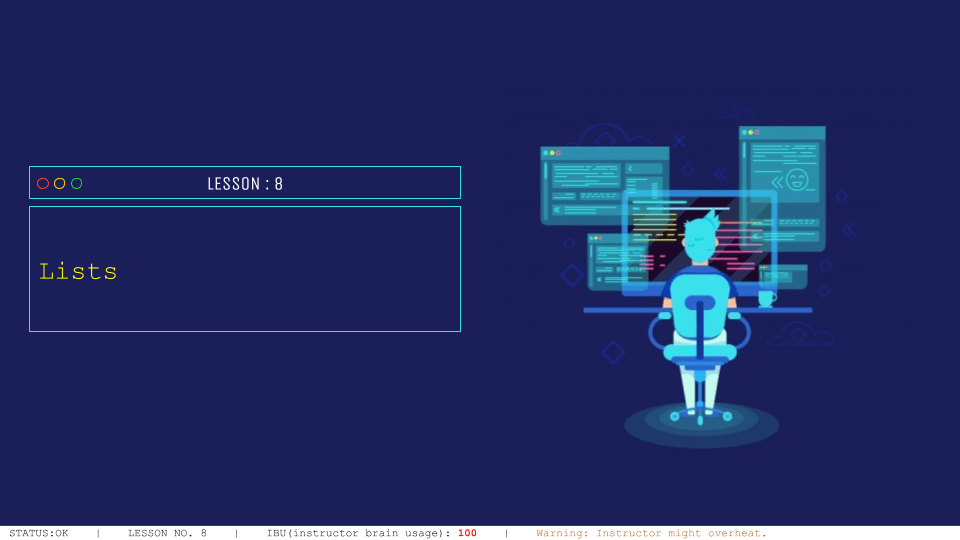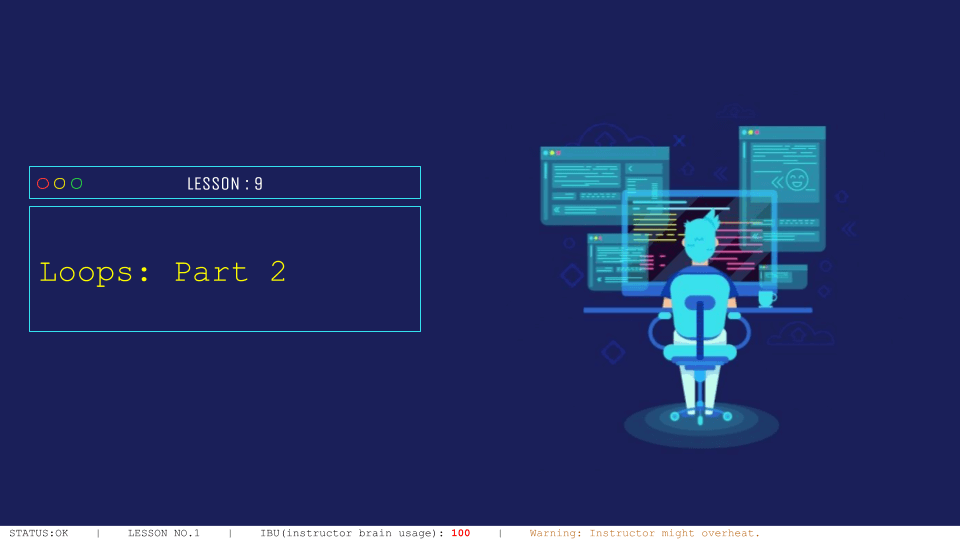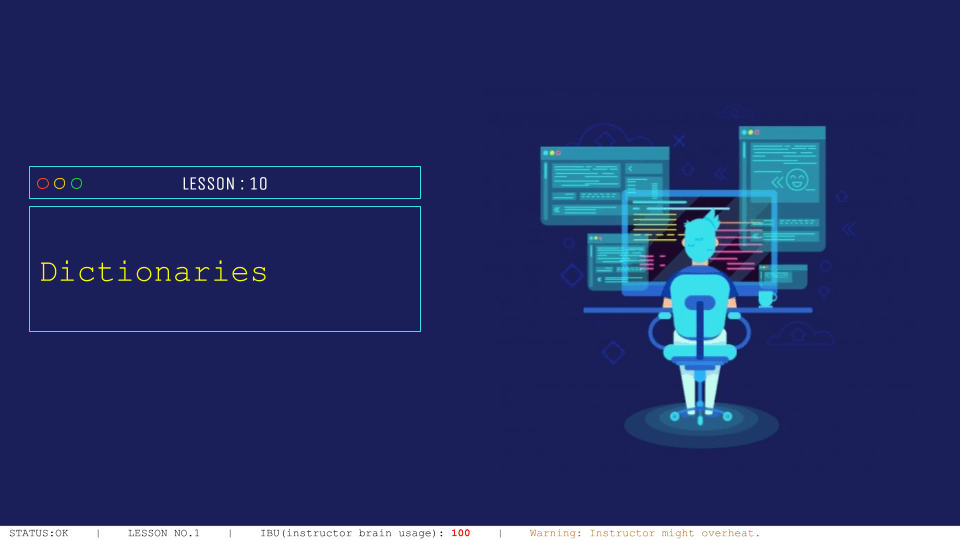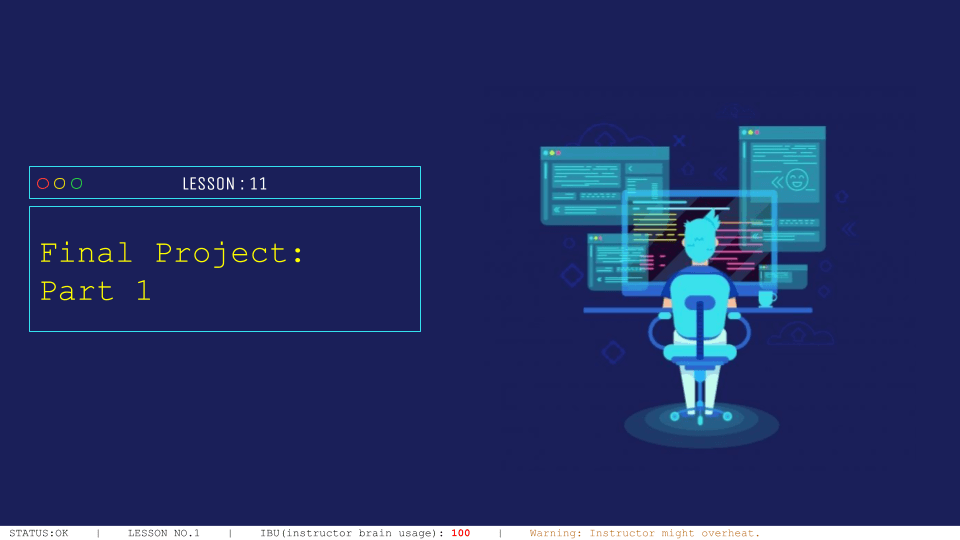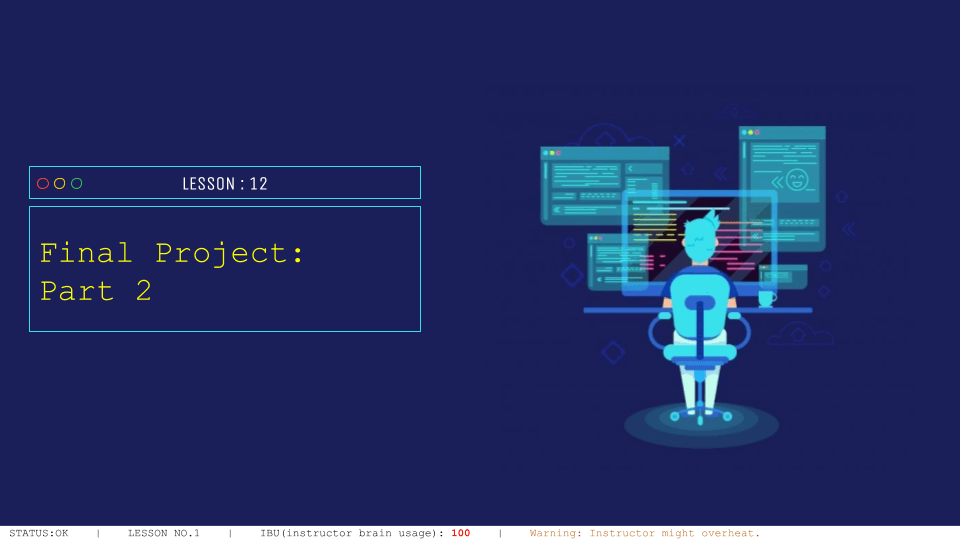
Course Description
In Beginner Python, the first course of the Python Language Track, students build a foundation in programming using Python. They’ll learn to work with variables, data types, lists, loops, conditional logic, and functions, all while building a passion for programming through our engaging project-based lessons. The fundamental programming skills they’ll learn in this course are transferrable between programming languages and problem domains. Our classes also build core problem-solving and critical thinking skills, which are essential for success in the real world. After finishing Beginner Python, students are ready to move on to Intermediate Python.

Learning Objectives
When students complete Beginner Python, they will be able to:
- Translate ideas into code using fundamental programming concepts like variables, conditional logic, looping, and functions.
- Use simple data structures (like lists and dictionaries) to model data relationships in their programs and solve real-world problems.
- Work with user input to build interactive, practical applications and simple text-based games.
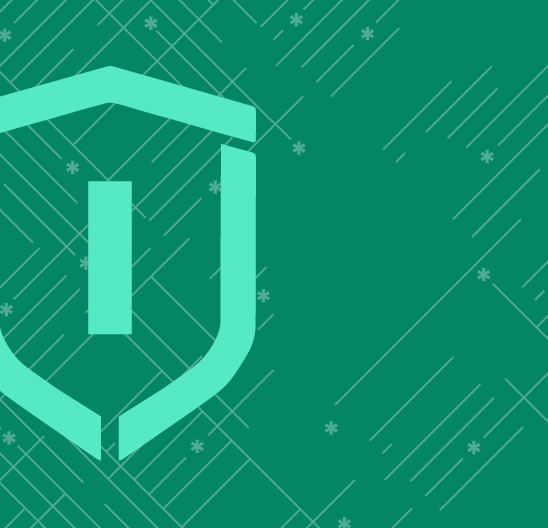
Prerequisites
No prerequisites for this course. Beginners with no experience are welcome.
-
1. Introduction to Python Programming
In the first lesson of this course, students learn a few fundamentals of programming (basic data types, variables, printing text) through a project used to introduce themselves to their classmates. In addition to programming, students receive a brief orientation to the CWHQ curriculum and platform.
-
2. User Input
This lesson teaches students how to process user input and perform basic arithmetic operations by building a simple chatbot. After finishing this lesson, students can write simple interactive programs that take in data from a user, manipulate that data, and produce some output.
-
3. Working with Data
In this lesson, students learn a few new techniques (f-strings, multi-line strings) for working with data in their programs. They’ll build an interactive app that allows users to place an order at a fictional restaurant to solidify these techniques. After completing this lesson, students will have the tools necessary to build complex output strings of any size quickly and easily.
-
4. Making Decisions – Part 1
In this lesson, students are introduced to conditional statements, which are used to make decisions in a program. They’ll build a small quiz app to internalize this concept. After completing this lesson, students can write more exciting programs that perform different actions based on user input.
-
5. Making Decisions – Part 2
In this lesson, students learn how to work with Python modules and use complex conditional statements. They use Python’s random module and complex conditional statements to create a Guess The Number app. After completing this lesson, students will be able to take advantage of the power of this module system and build more advanced programs that deal with complex decisions.
-
6. Loops – Part 1
In this lesson, students learn how to use “while” loops to perform indefinite repetition, a valuable skill for interactive programs. The students solidify their looping skills by building a simple Coin Toss app that has users call heads or tails on simulated coin flips and awards prizes based on winning streaks.
-
7. Functions
In this lesson, students create their own functions instead of only using Python’s built-in functions. They’ll practice working with functions by building a Temperature Converter app that converts between Fahrenheit and Celsius. With the skills they learn in this lesson, the students will be able to build more robust and readable programs.
-
8. Lists
In this lesson, students learn how to create and manipulate Python’s list data structure. They’ll learn how to add, remove, and update lists through an Inventory Tracker project. Learning how to create and manipulate lists unlocks possibilities for making more exciting programs.
-
9. Loops – Part 2
In this lesson, students learn how to use a different looping construct, the for loop. They’ll operate for loops to perform various tasks on a list of words and to perform counter-controlled looping. After completing this lesson, students will understand Python’s fundamental looping constructs and when/how to use them.
-
10. Dictionaries
In this lesson, students learn how to use Python’s dict (dictionary) data structure. They’ll exercise the fundamental dict operations by creating a Contact Manager app that allows users to manage contact information for multiple contacts. After completing this lesson, students will understand the two core Python data structures (dict and list) and be able to work with them in a variety of settings.
-
11. Final Project – Part 1
In this final lesson, students complete a randomized Rock, Paper, Scissors game by combining the skills learned throughout Final Project – Part 1
Students begin part 1 of the final project in this lesson, a simple Rock, Paper, Scissors app. We program the core functionality of the game while reviewing most of the concepts taught throughout the course.
-
12. Final Project – Part 2
In the final lesson of this course, students complete the Rock, Paper, Scissors app we started in the previous class. We add some extra features to round out our review of concepts covered in the course and spend some time talking about additional avenues to explore after the class is finished.
Class Schedule
All students start in Beginner Python at Wizard Level I. If you have previous coding experience, take the Advanced Placement test. Returning students can continue with the class where they left off.
#1 Most Comprehensive Program for Your Student’s Success!
The CodeWizardsHQ program comes with everything your child needs to be successful in learning to code.
All of the below are included at no extra cost.
Course Duration & Time Commitment
All courses are 12 weeks long. A Wizard will receive a certification for their achievement at the end of the course.
Expect a weekly time commitment of 2-3 hours. 55 minutes of class time, plus 1-2 hours of practice time, with instructor support throughout, including weekends.
100% Guarantee
Our goal is to make all our students successful. If your child is not happy with our program, please notify us within the first four class sessions and you will receive a full refund. See refund details.
Get Your Wizard Started
Start coding with our experienced teachers today.
Enroll risk-free with our 4-session money-back guarantee. Full guarantee details.
